Physics laboratory equipment is essential for setting up a new physics lab in school. Additionally, old labs need to renovate the furniture and restock equipment properly. Moreover, you should repair or replace any slightly damaged apparatus.
To learn which physics lab apparatus your school lab cannot do without, here are 40 essential items.
You can start setting up your physics lab with this list right away.
Physics Laboratory Equipment: Electricity
1. Resistors
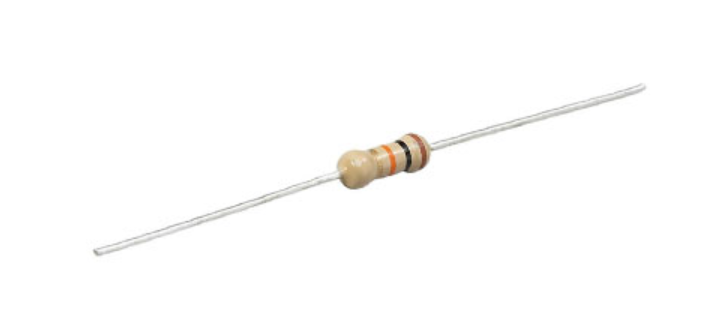
A resistor is a small physics laboratory equipment device that you can use in electric circuits. It slows down the flow of electric current. It does this by providing resistance, which means it opposes the movement of electricity through it.
Resistors are used for several purposes:
- They reduce the amount of current in a circuit.
- They help control the voltage by dividing it between different parts of the circuit.
- They help set the right conditions for other parts like transistors, which need a specific voltage to work properly.
In simple terms, a resistor acts like a speed breaker for electricity. It doesn’t stop the current completely but slows it down to a safe and useful level.
2. Rheostat
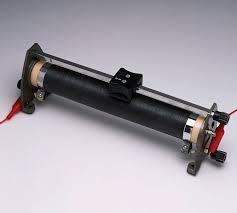
A rheostat is a type of variable resistor. Use it to control the amount of electric current in a circuit.
It works using a sliding contact, called a wiper, which moves over a resistive material. When you move the wiper, the resistance changes. As a result, the current in the circuit increases or decreases.
In simple words, a rheostat lets you adjust how much electricity flows, just like a dimmer switch controls the brightness of a light.
3. Multimeter
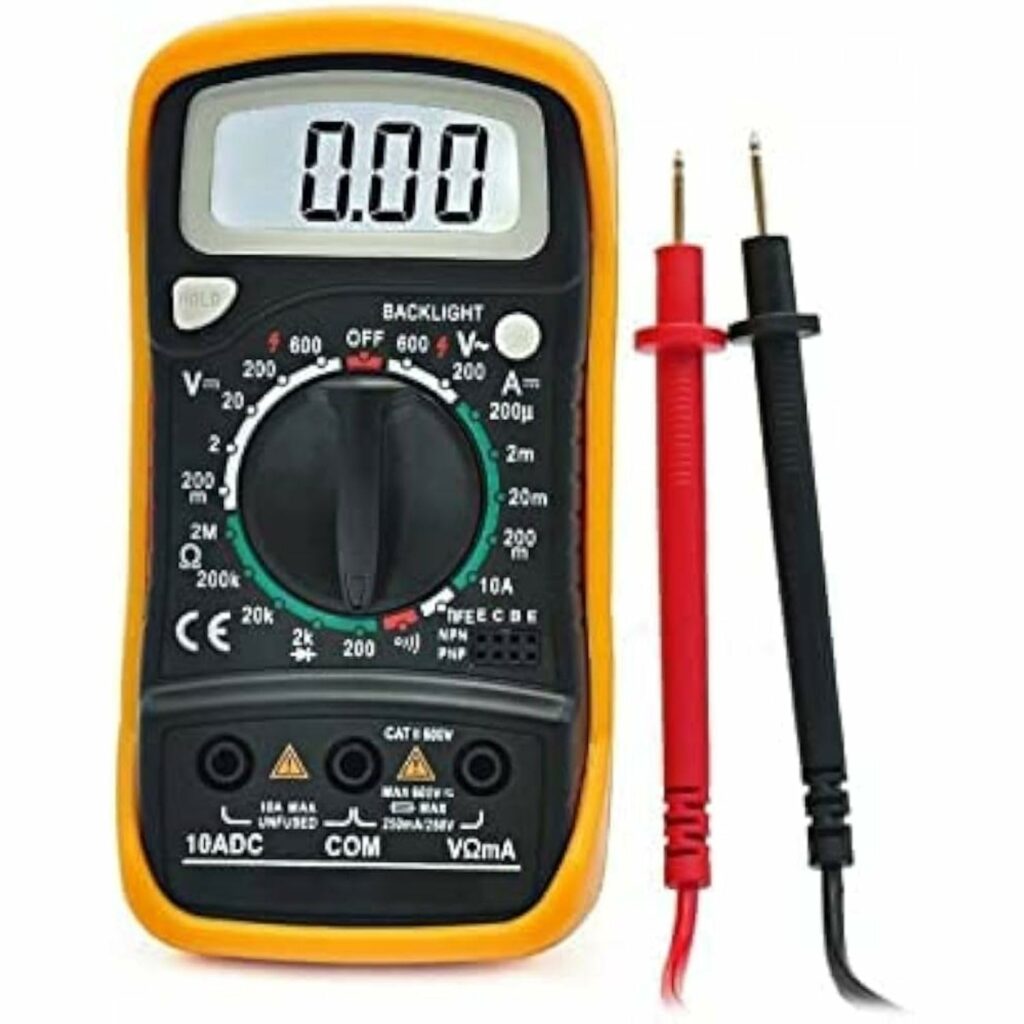
Use the multimeter to measure electricity. It can check voltage (V), current (A), and resistance (Ω) in a circuit. This makes it very useful for testing and fixing electrical problems.
There are two types of multimeters:
- An analog multimeter shows readings with a moving needle.
- A digital multimeter shows the values on a screen.
A multimeter has two wires called probes:
- The black probe connects to the COM (common) port and is usually the negative or ground wire.
- The red probe connects to different ports based on what you are measuring (like VΩmA for voltage, resistance, or low current; or a separate 10A port for higher current).
You can turn a rotating dial on the multimeter to choose what you want to measure:
- V for voltage (DC or AC)
- A for current
- Ω for resistance
- Some multimeters also measure things like continuity (with a beep sound), diodes, temperature, or capacitance.
4. Voltmeter
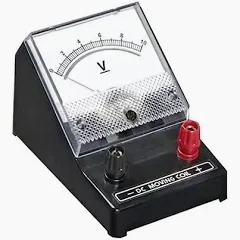
A voltmeter measures the electric potential difference (voltage) between two points in a circuit.
- Analog voltmeters have a coil that moves a pointer based on the current caused by the voltage
- Digital voltmeters use an analog-to-digital converter (ADC) to display the voltage as a number on the screen
- It contains very high resistance, allowing only a tiny current to pass through
- It is always connected in parallel so it can measure the voltage across two points without disturbing the circuit’s current.
5. Ammeter
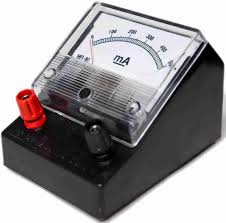
An ammeter measures electric current (in amperes) flowing through a circuit:
- It can measure both direct current (DC) and alternating current (AC)
- Analog ammeters use a coil and needle that moves in proportion to the current
- Digital ammeters use an analog-to-digital converter (ADC) to show the reading on a screen
- It has very low resistance, so it does not reduce the current it measures
- Always connected in series with the component, so the full current flows through it.
6. Galvanometer

A galvanometer detects and measures very small electric currents:
- Commonly used in devices like bridges and potentiometers to show zero current (null deflection)
- It works by passing current through a coil placed in a magnetic field
- The current creates a magnetic force, causing the coil to rotate
- This rotation moves a pointer across a scale, showing the current’s presence and direction
- The amount of deflection depends on the strength of the current flowing through the coil
7. Potentiometer

You can use a potentiometer which is a three-terminal resistor to vary voltage or resistance:
- It has a resistive track connected to two end terminals and a wiper that slides over the track
- When you turn or slide the knob, the wiper moves, changing its position along the resistive path
- This divides the voltage between the two ends, giving a variable output voltage at the wiper
- The closer the wiper is to one end, the lower the resistance from that end and the higher the voltage at the output.
8. Battery Eliminator
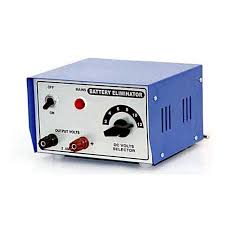
A battery eliminator is a device that replaces batteries by providing a direct current (DC) supply from an external electrical source:
- It converts AC from the mains into a suitable DC voltage needed by devices that normally run on batteries
- It usually includes a transformer, rectifier, filter, and voltage regulator
- Commonly used in labs to power circuits during experiments without using actual batteries.
9. Daniel Cell
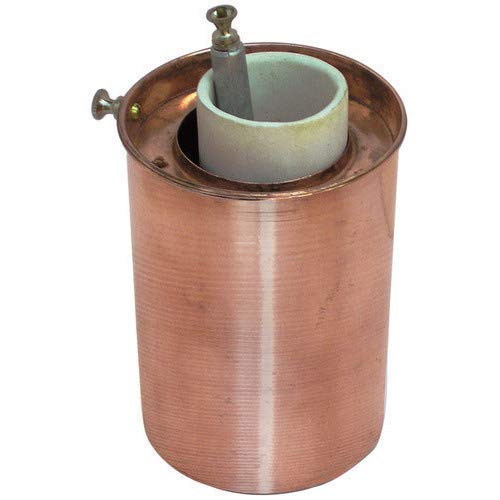
A Daniel cell is an electrochemical cell that produces electricity through a redox reaction:
- It has a copper container filled with copper sulfate (CuSO₄) solution
- Inside it, there is an unglazed earthenware pot filled with sulfuric acid (H₂SO₄) or zinc sulfate (ZnSO₄) and a zinc electrode
- The zinc acts as the anode (loses electrons), and the copper acts as the cathode (gains electrons)
- Electrons flow from zinc to copper, creating an electric current.
10. Leclanché Cell
The Leclanché cell is a type of electrochemical cell used to produce electricity:
- It contains an electrolyte of ammonium chloride (NH₄Cl) solution
- The anode (negative terminal) is made of zinc, which undergoes oxidation
- The cathode (positive terminal) is a carbon rod surrounded by manganese dioxide (MnO₂), which acts as a depolarizer by removing hydrogen gas formed during the reaction
- This cell produces current through a redox reaction between zinc and manganese dioxide
- Its design later led to the development of the dry cell, commonly used in household batteries
11. Meter Bridge
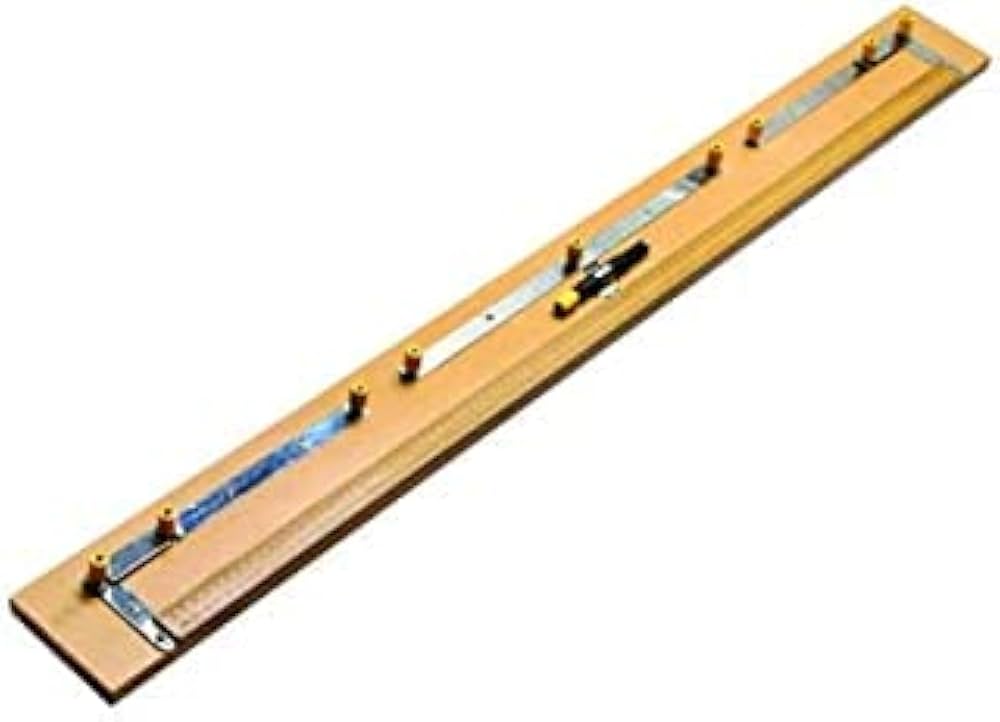
You can use a meter bridge to find the unknown resistance of a wire or coil using the principle of Wheatstone bridge:
- It consists of a one-meter-long uniform wire mounted on a meter scale
- Metallic strips (usually copper) hold the wire and connect it to known and unknown resistors
- A galvanometer detects the null point where no current flows
- At balance, the ratio of the lengths of wire gives the ratio of the resistances, allowing calculation of the unknown resistance.
12. Ohm’s Law Apparatus
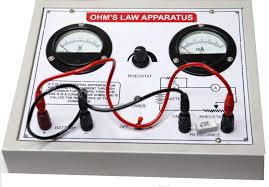
You can use this apparatus to verify Ohm’s law, which states that voltage (V) is directly proportional to current (I), with resistance (R) as the constant: V = IR.
- It includes a wire-wound rheostat, a moving coil voltmeter, and a moving coil ammeter
- All components are mounted inside a case
- It has four terminals, two for connecting a battery and two for the resistance coil
- By varying the current and measuring the voltage, the linear relationship between V and I can be observed, confirming Ohm’s law.
Physics Laboratory Equipment: Magnetism
13. Magnetic Compass
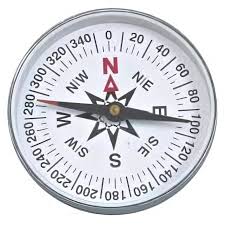
You can use a magnetic compass to find directions. It uses Earth’s magnetic field:
- It has a freely moving magnetic needle that always points in the North-South direction
- The needle rests on a scale called the compass rose, marked with directions: N, E, S, W
- The “N” on the needle points toward geographic north
The compass also has degree markings:
- North = 0°
- East = 90°
- South = 180°
- West = 270°
These angle markings help in navigation and measuring bearings
14. Magnet

A magnet is a material that produces a magnetic field and attracts objects made of iron, nickel, or cobalt. It has two poles: North (N) and South (S). Like poles repel; unlike poles attract.
In physics labs, use magnets in experiments to study:
- Magnetic field patterns using iron filings
- The behavior of compasses near magnets
- Electromagnetic induction with coils and galvanometers
- The force on current-carrying conductors in a magnetic field
- Magnets are also used in making devices like electric bells, motors, and generators
They help students observe and understand the invisible effects of magnetism.
Physics Laboratory Equipment: Optics
15. Prism
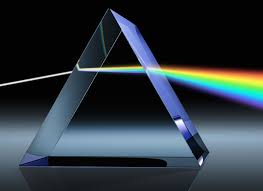
A prism is a transparent optical object with flat, polished surfaces, usually made of glass or acrylic.
It is shaped like a triangular block, which bends (refracts) light when it passes through.
In physics labs, prisms are used to study:
- Refraction of light as it enters and exits the prism
- Dispersion of white light into its seven colours (VIBGYOR)
- The formation of spectra and understanding how light bends at different angles
Prisms therefore help students explore light behavior, optical properties, and the wave nature of light. Additionally, they are essential in optics experiments for understanding wavelength, speed, and color separation.
16. Optical Lens

A lens is a transparent optical device that bends light rays by refraction, allowing them to focus or spread out.
Unlike prisms, lenses can form clear images by converging or diverging light beams.
They are used in physics labs to study:
- Image formation using convex and concave lenses
- Focal length determination
- Concepts like real and virtual images, magnification, and lens formula
Lenses are classified by their shape:
- Convex (biconvex or plano-convex) lenses converge light and can form real images

- Concave (biconcave or plano-concave) lenses diverge light and usually form virtual images
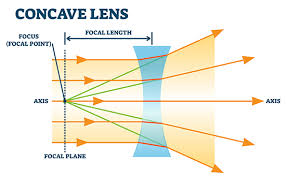
- Meniscus lenses have one convex and one concave surface and are used in eyeglasses

Lenses are essential in optics experiments, helping students understand light behavior, refraction, and image formation.
17. Optical Mirrors
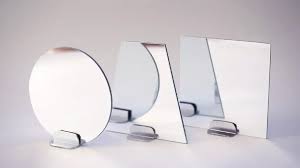
A mirror is an optical device that reflects light, allowing us to see images formed by specular reflection.
In physics labs, additionally, mirrors help study reflection laws, image formation, and focal lengths.
The most common type is the plane mirror, which has a flat surface and forms virtual, upright images.
Additionally, curved mirrors include, concave mirrors, which converge light to a focus and can form real or virtual images and convex mirrors, which diverge light and form virtual, diminished images.
Mirrors are used in experiments to understand ray diagrams, mirror formula, and image characteristics like size, position, and nature.
18. Glass Slab
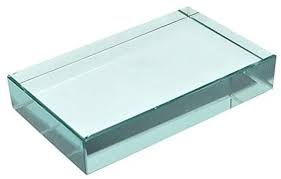
Use glass slabs which are rectangular block of transparent glass in optics experiments to study refraction.
When light passes through a glass slab, it bends toward the normal as it enters and away from the normal as it exits, due to the change in medium.
It helps demonstrate that the emergent ray is parallel to the incident ray, but shifted sideways, a concept called lateral displacement.
In physics labs, glass slabs are used to:
- Verify the laws of refraction
- Study the path of light rays through different media
- Understand how refractive index affects light bending
They are essential in learning how light behaves at boundaries of two media and in developing ray diagrams involving transparent materials.
19. Optical Bench
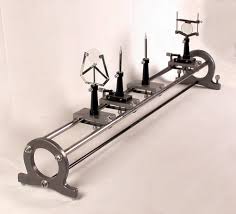
An optical bench is a long, straight platform used in physics labs to arrange and align optical components for experiments. Additionally, it allows precise positioning of items like lenses, mirrors, prisms, light sources, and screens.
Moreover, the bench includes graduated markings for accurate measurement of distances between components.
In optics experiments, it is used to:
- Measure the focal length of lenses and mirrors
- Study image formation by lenses and mirrors
- Set up ray diagrams and verify optical formulas
Physics Laboratory Equipment: Gravitation
20. Pendulum
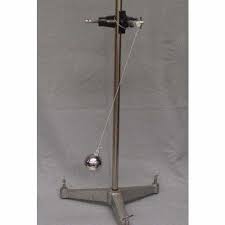
- A pendulum is a mass (bob) suspended from a fixed point so it can swing freely under the force of gravity.
- When displaced from its equilibrium position, gravity provides a restoring force that pulls it back.
- This force causes the pendulum to oscillate, moreover moving back and forth in a regular pattern.
- In physics labs, pendulums are used to:
- Study simple harmonic motion
- Measure time periods and acceleration due to gravity (g)
- Explore the effects of length, mass, and amplitude on oscillations
- The motion of a pendulum helps in understanding periodic motion and energy conversion between potential and kinetic energy.
Physics Laboratory Equipment: Wave Motion & Sound
21. Tuning Fork
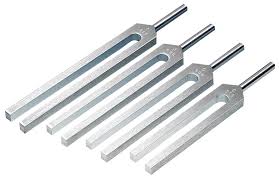
A tuning fork is a U-shaped metal tool with two prongs, called tines, made of elastic metal.
When struck, the tines vibrate back and forth, producing a constant sound of a fixed pitch.
The pitch depends on the length and mass of the tines, longer or heavier tines vibrate slower, producing a lower pitch.
As the tines move, they create compressions (high pressure) and rarefactions (low pressure) in the air.
This alternating pattern of pressure changes forms sound waves that travel through air.
In physics labs, tuning forks are used to study:
- Sound wave formation and propagation
- Resonance and frequency
- The nature of longitudinal waves
It helps students understand how mechanical vibrations create audible sound.
22. Resonance Apparatus
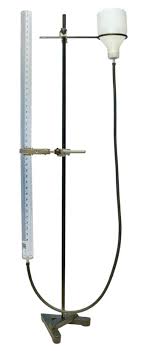
Use a resonance apparatus as a physics laboratory equipment to demonstrate resonance in sound waves.
It typically consists of a resonance tube partially filled with water, connected to a tuning fork or sound source.
When a vibrating tuning fork is held above the tube, air inside the tube vibrates.
At a certain length of air column, resonance occurs, the natural frequency of the air column matches the frequency of the tuning fork.
This produces a loud sound due to maximum vibration of air molecules
By adjusting the length of the air column, students can:
- Observe resonance conditions
- Measure the speed of sound in air
- Understand the concept of natural frequency and resonance
It helps illustrate how sound waves reinforce each other when frequencies match to produce the due to the auditory effect of resonance.
23. Sonometer
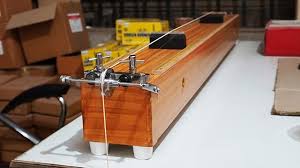
Use a sonometer as a physics laboratory equipment to study the vibration of a stretched string and its relation to sound frequency.
It demonstrates how the frequency of sound depends on the tension, length, and mass per unit length of the wire.
The setup includes a metal wire stretched over a hollow box, with one end attached to a hanging mass over a pulley to apply tension.
When the wire is plucked or vibrated, it produces a sound whose frequency changes based on:
- ↑ Tension → ↑ Frequency
- ↑ Mass per unit length → ↓ Frequency
- ↑ Length → ↓ Frequency
It is used in labs to verify the formula:
f ∝ (1/L) × √(T/μ),
where f is frequency, L is length, T is tension, and μ is linear density
Therefore, the sonometer helps students understand the physics of musical instruments and wave behavior in stretched strings.
24. Thermometer

Use the lab thermometer to measure temperature accurately in physics experiments. Additionally, it usually consists of a glass tube filled with mercury or alcohol, which expands and rises when heated.
A scale marked in degrees Celsius (sometimes Fahrenheit) is printed alongside the tube.
In physics labs, it is used to:
- Measure temperature changes during experiments
- Study thermal expansion, specific heat, or thermodynamic laws
- Monitor temperature in setups like calorimeters or heat transfer experiments
Lab thermometers are precise and sensitive, typically marked from –10°C to 110°C or more, additionally depending on the experiment requirements.
Physics Laboratory Equipment: Mechanics & Kinematics
25. Searle’s Apparatus
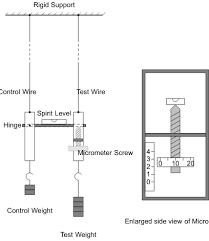
You can use this physics laboratory equipment to determine the Young’s modulus (Y) of a wire in physics experiments:
- It consists of two identical wires (same material, length, and cross-sectional area).
- One is the experimental wire, which carries varying loads.
- The other is the reference wire, which carries a constant load to eliminate slack or bends.
- Both wires are suspended from a rigid support and attached to rectangular metal frames at the bottom.
- A spirit level is fixed to the frame of the reference wire and rests on a micrometer screw mounted on the frame of the experimental wire.
- As weights are added to the hanger on the experimental wire, it elongates slightly.
- The micrometer screw is used to measure the vertical displacement of the spirit level.
- These readings are used to calculate Stress = Force / Area, Strain = Change in length / Original length, Young’s Modulus (Y) = Stress / Strain = (F × L) / (A × ΔL).
- Therefore, this apparatus helps students observe how materials deform under tension and understand the elastic properties of solids.
26. Spring Balance
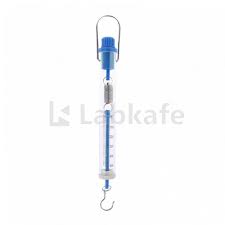
You can use it to measure force based on Hooke’s law.
When a force is applied, the spring stretches—the greater the force, the greater the extension.
To study this relationship, masses are added gradually, therefore increasing the force on the spring.
A graph of force vs. extension is plotted, and if all points lie on a straight line, it confirms Hooke’s law.
Write it as:
- F = k × x,
where: - F is the applied force,
- x is the extension of the spring,
- k is the spring constant (a measure of stiffness).
You can use spring balances in physics labs to measure weight, verify Hooke’s law, and additionally understand the linear relationship between force and extension in elastic materials.
27. Spring Constant Apparatus
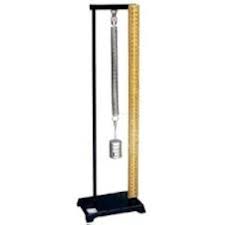
The spring constant apparatus is used to verify Hooke’s law and determine the spring constant (k):
- It consists of a retort stand with a spring clamped at the top.
- A hook is attached to the lower end of the spring to hang slotted weights (100 g to 500 g).
- As different weights are added, the spring stretches downward.
- A vertically placed ruler beside the spring measures the extension accurately.
- Using the formula F = k × x, where F is the force (weight) and x is the extension, the spring constant k can be calculated.
- This setup helps students understand elasticity and the linear relationship between applied force and extension in springs.
Physics Laboratory Equipment: Measurement and Dimensional Analysis
28. Meter Scale

A meter scale, also known as a ruler, is a common tool used to measure length or distance in straight lines.
It is typically 1 meter long and marked with equally spaced divisions in centimeters and millimeters.
You can use it to measure:
- The length of objects
- Displacement in experiments
- Extension of springs or wires
It provides direct, precise readings and is essential for performing accurate measurements in addition to various mechanics and optics experiments.
29. Vernier Caliper
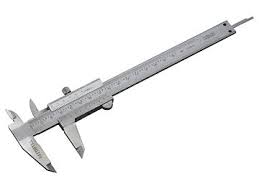
A vernier calliper is a precision measuring instrument used to measure lengths up to 15 cm with high accuracy.
It consists of a main scale and a vernier scale, which allows readings with a precision of up to 0.01 cm or 0.1 mm.
Components:
- External jaws to measure the outer diameter or width of objects
- Internal jaws to measure the inner diameter of hollow objects
- A depth rod to measure the depth of containers or holes
Therefore, vernier calipers are used in physics labs for accurate measurement of length, diameter, and depth in experiments requiring fine precision.
30. Screw Gauge

A screw gauge is a precision physics laboratory equipment/instrument used to measure small dimensions ranging from millimeters up to 5 cm.
Essentially, it has the least count of 0.01 mm, moreover, allowing measurements in very small increments. Additionally, the device works using a screw mechanism, where rotation of the thimble moves a spindle forward or backward over the object being measured.
It is widely used to measure:
- The diameter of thin wires
- Thickness of small sheets
- Dimensions of screws and bolts
31. Stop Clock
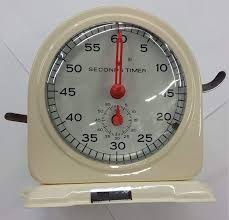
Essentially, a stop clock is a timing device used to measure short time intervals with high accuracy. Moreover, it typically records time in seconds and fractions of a second (e.g., 0.1 s or 0.01 s).
Operated by pressing a button to start, stop, and reset, it allows precise control during experiments.
In physics labs, it is used to:
- Measure the time period of a pendulum
- Record reaction times or durations in motion experiments
- Time events in free fall or oscillations
32. Spherometer
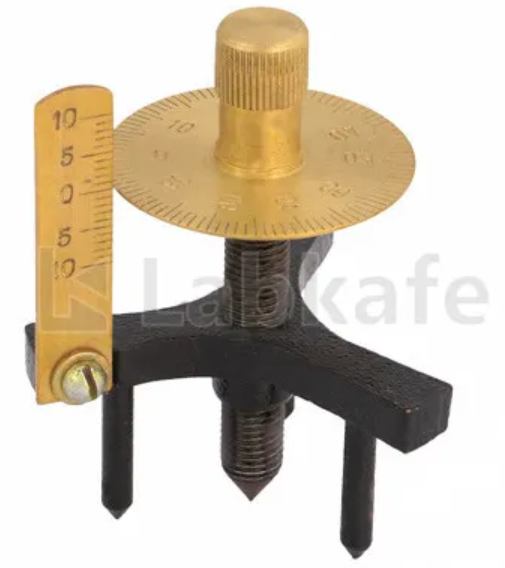
A spherometer is a precision physics laboratory equipment or instrument used to measure the radius of curvature of spherical surfaces:
- It consists of a central screw and three outer legs forming a tripod, which rest on the curved surface. Additionally, the central screw moves vertically and has a circular scale for accurate readings.
- The height difference between the central leg and the outer legs helps calculate the radius of curvature using a standard formula.
- It is commonly used in optics labs to determine the curvature of lenses and mirrors, helping ensure proper image formation.
Conclusion
Setting up a physics lab requires the right combination of precision physics lab equipment or apparatus. From basic tools like meter scales and stop clocks to advanced devices like spherometers and vernier calipers, each equipment plays a crucial role in helping students explore scientific concepts through hands-on learning. With these 30+ must-have items, your physics lab will be ready to support accurate, engaging, and meaningful experiments.
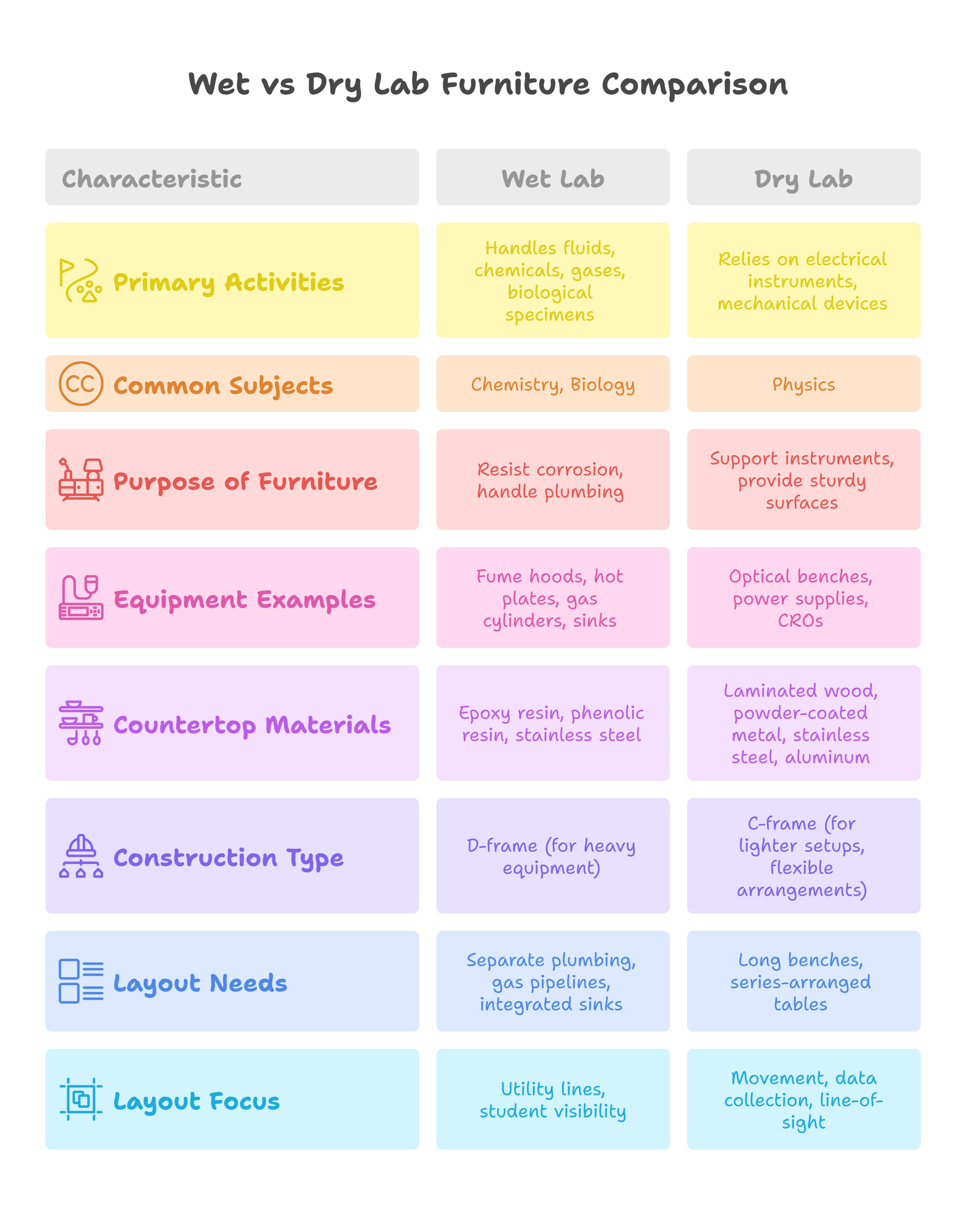
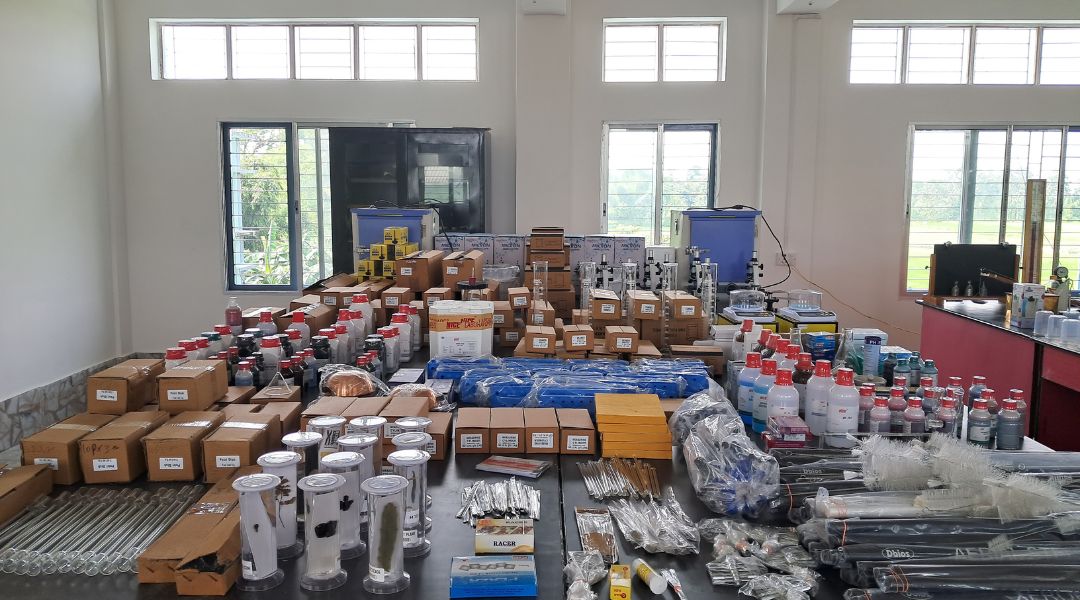

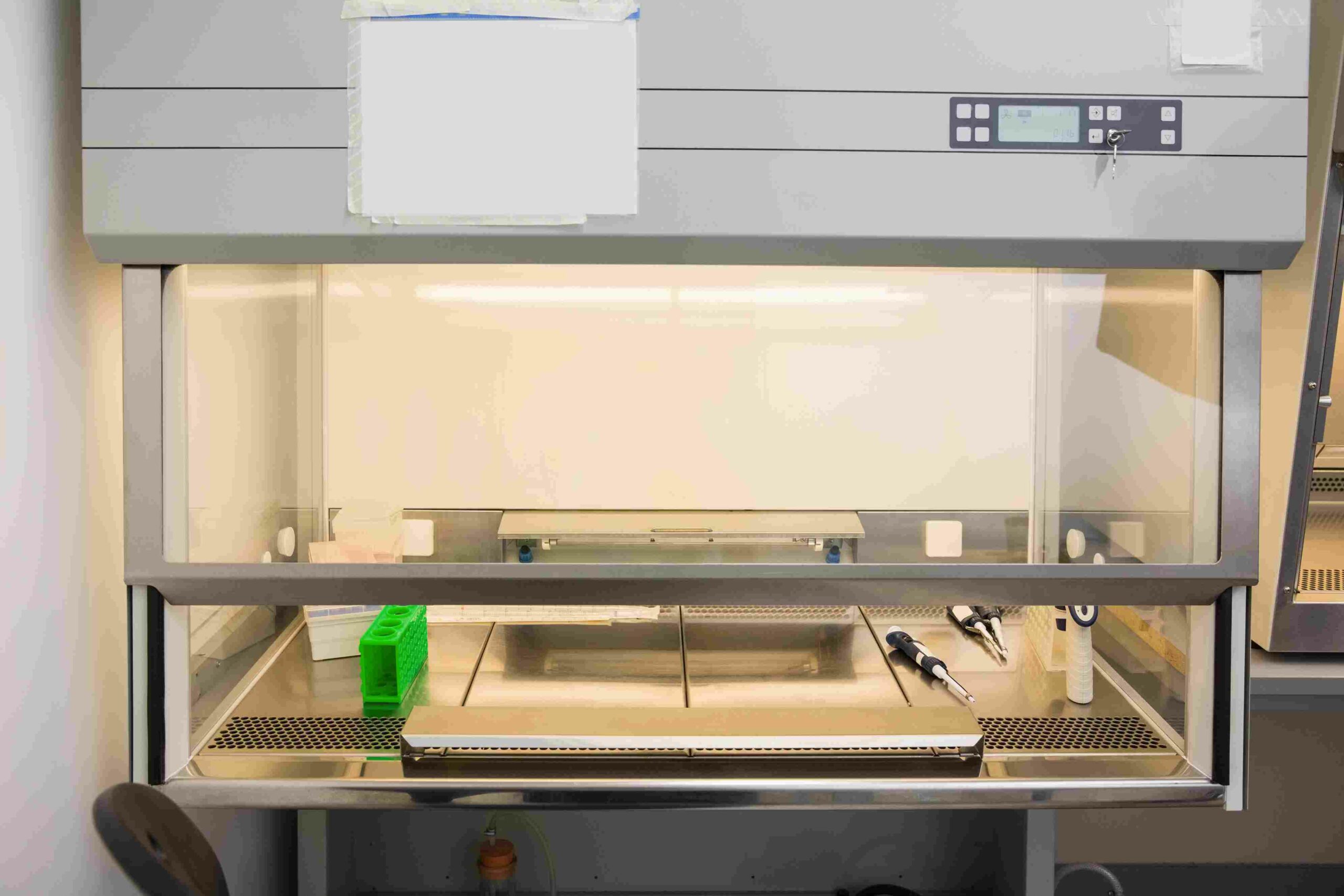
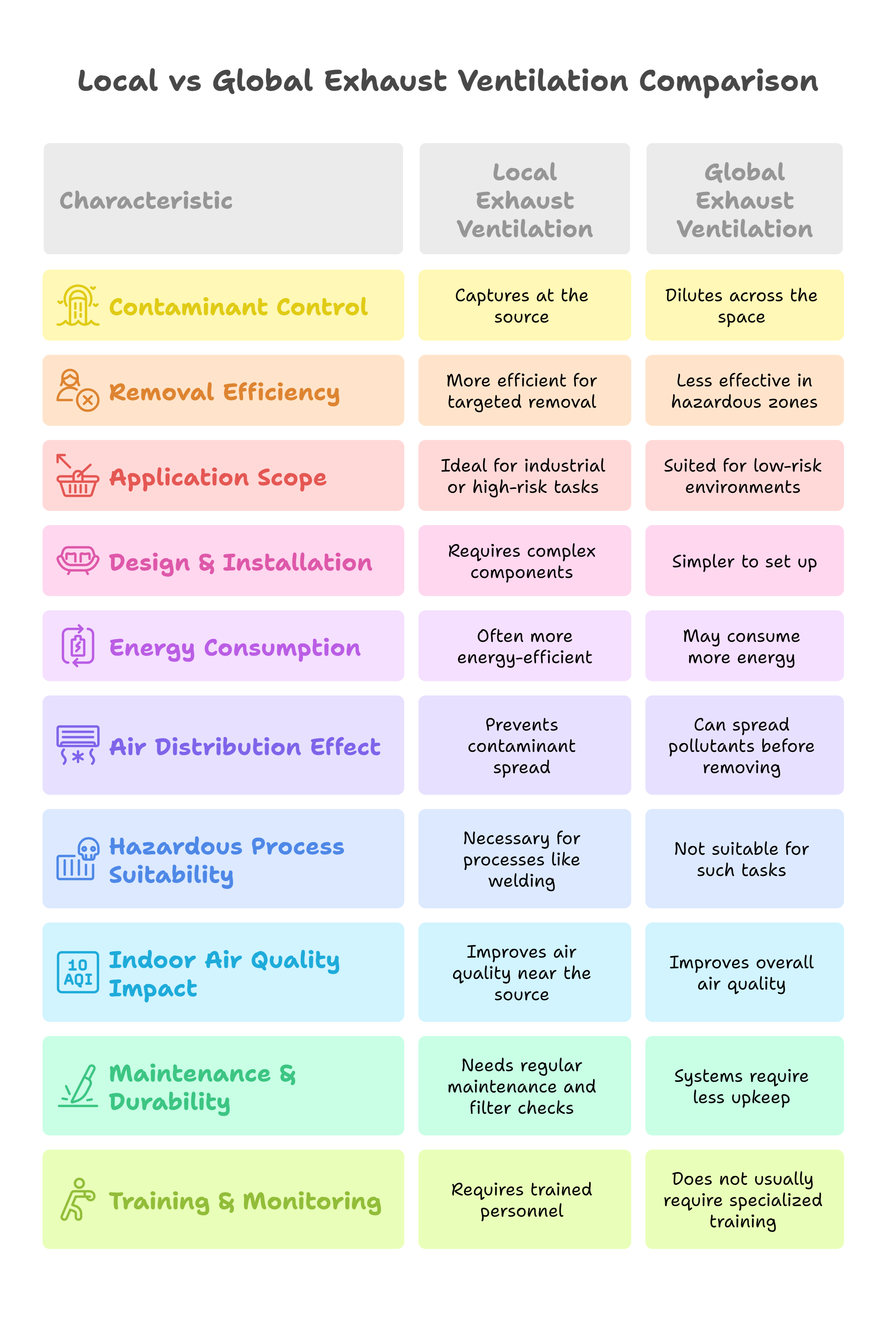
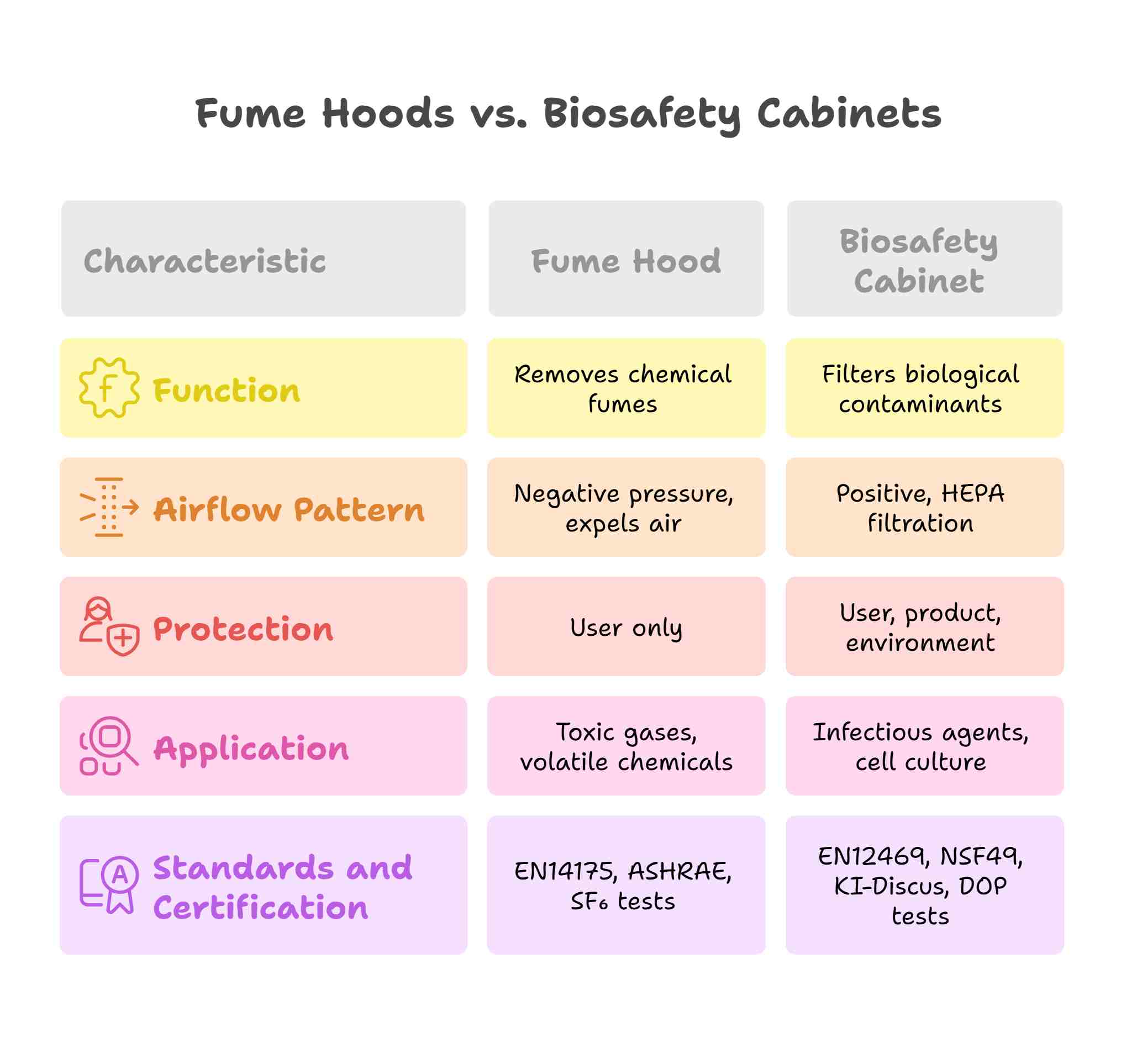

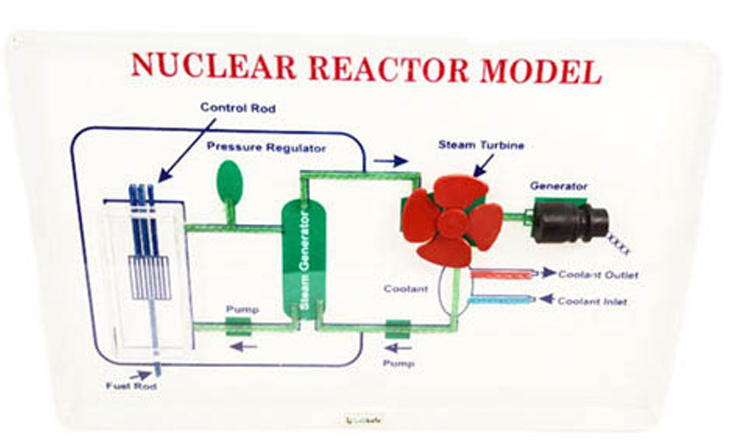
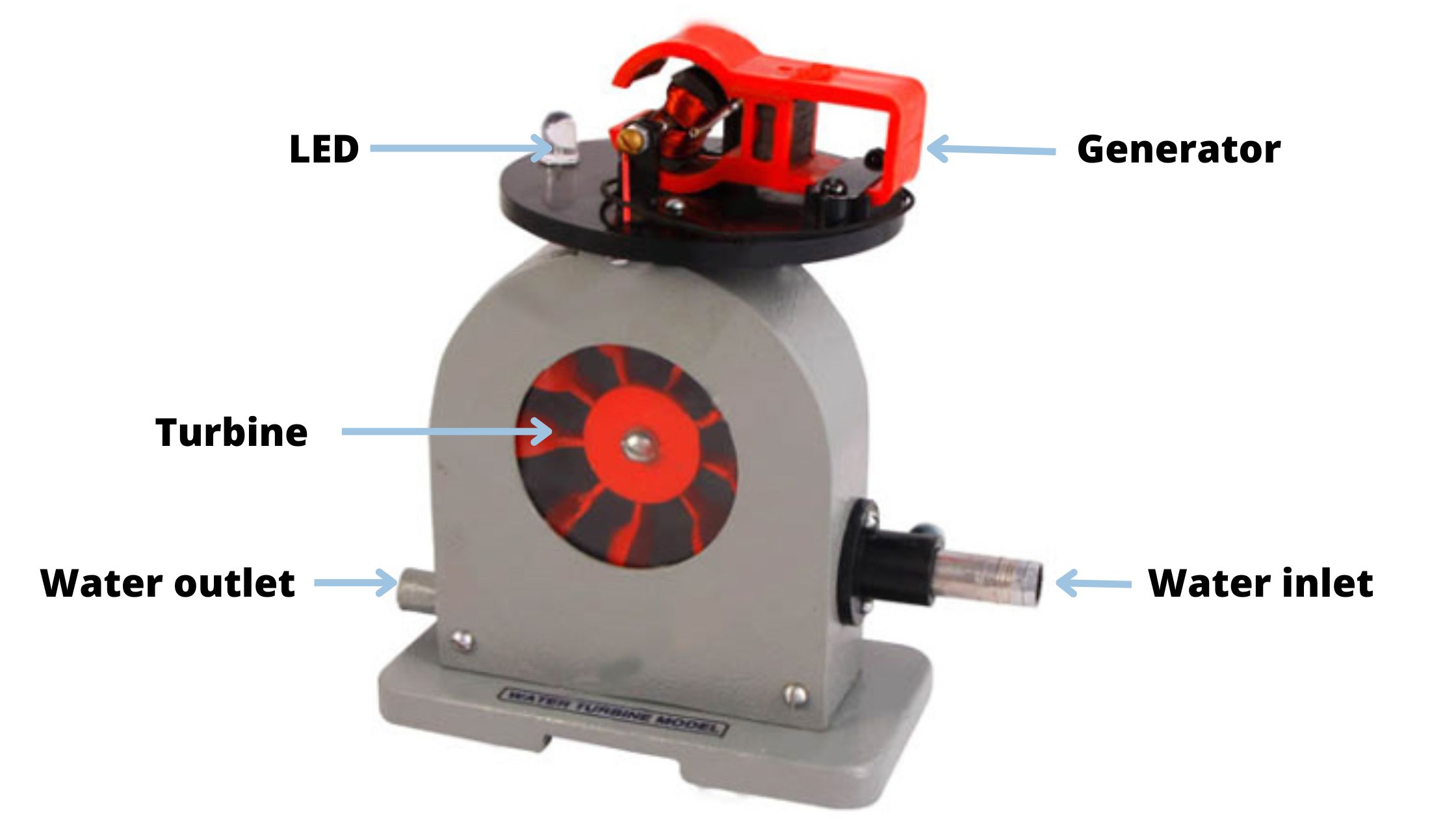
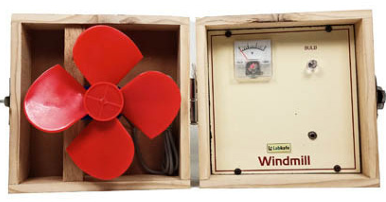
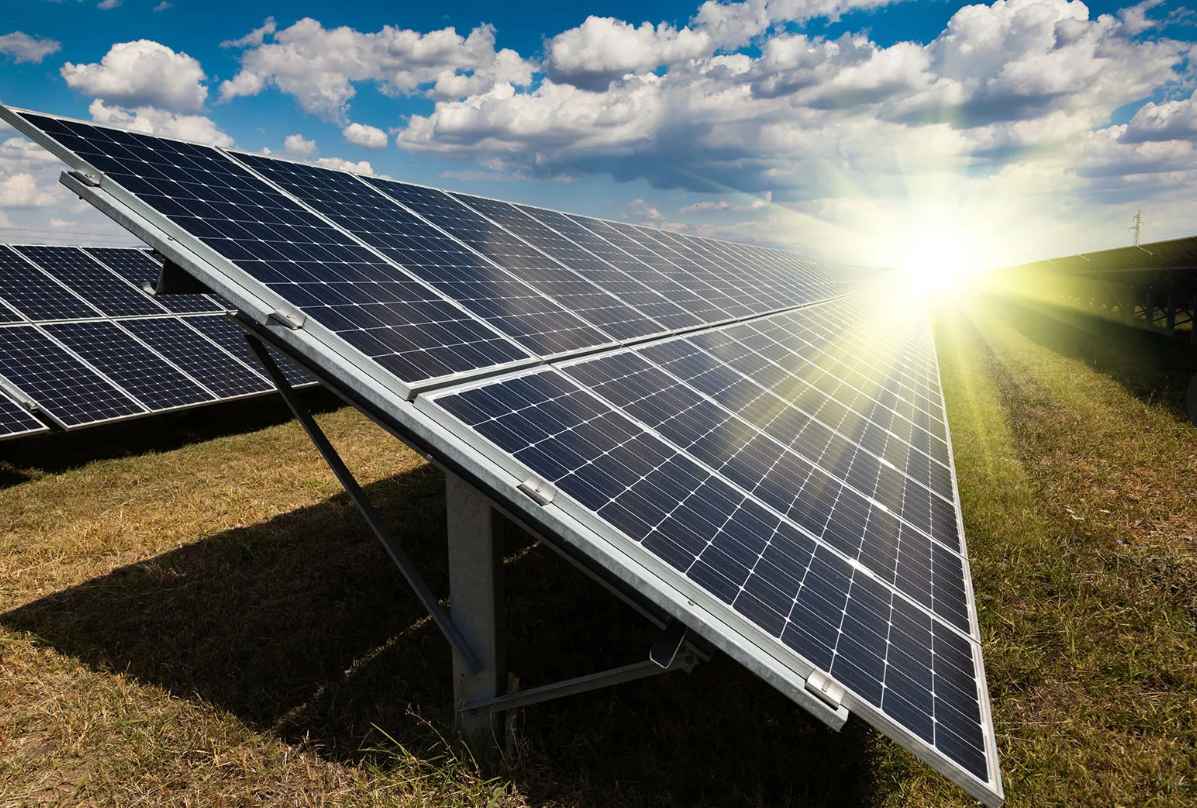
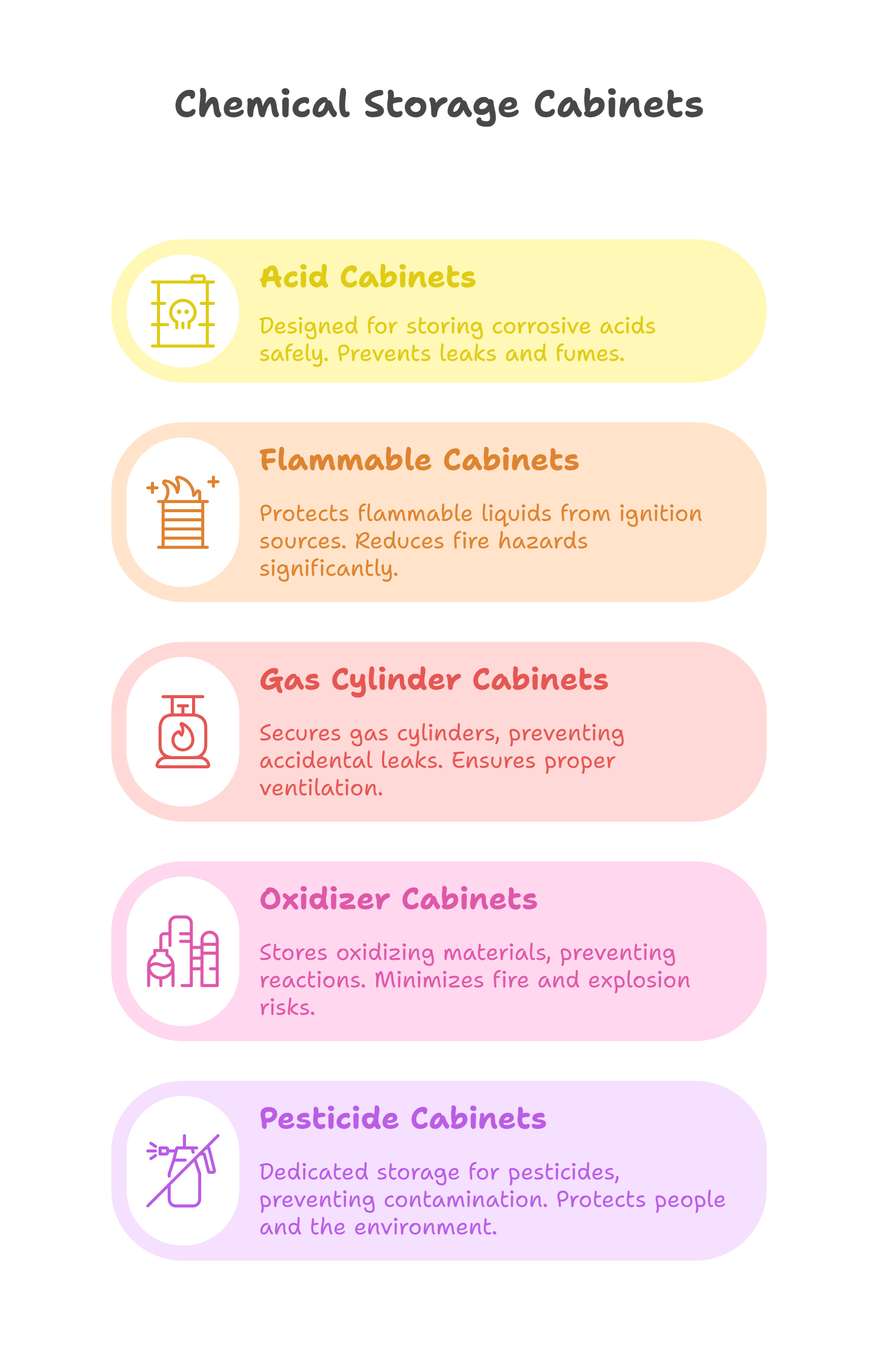
Leave a Reply